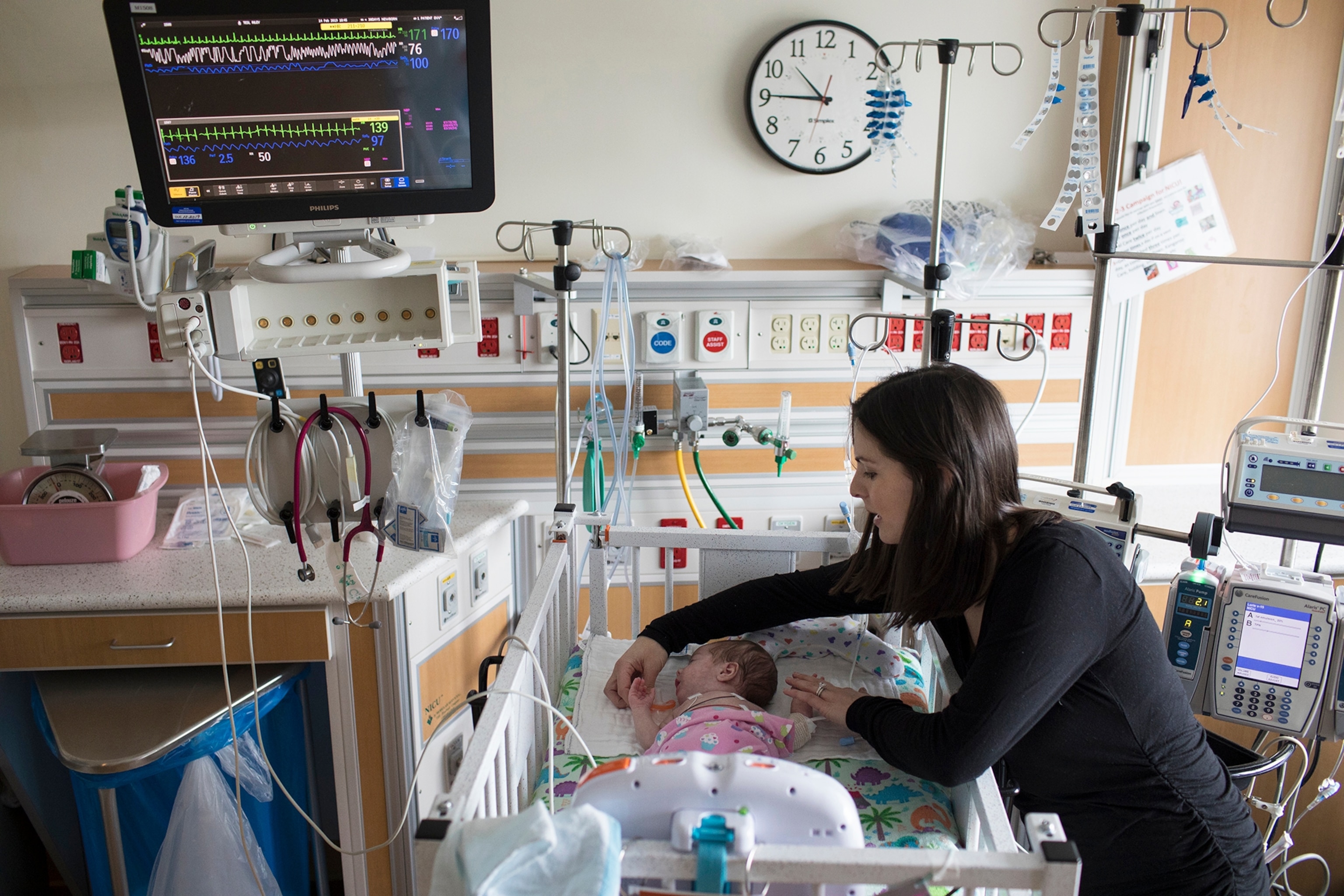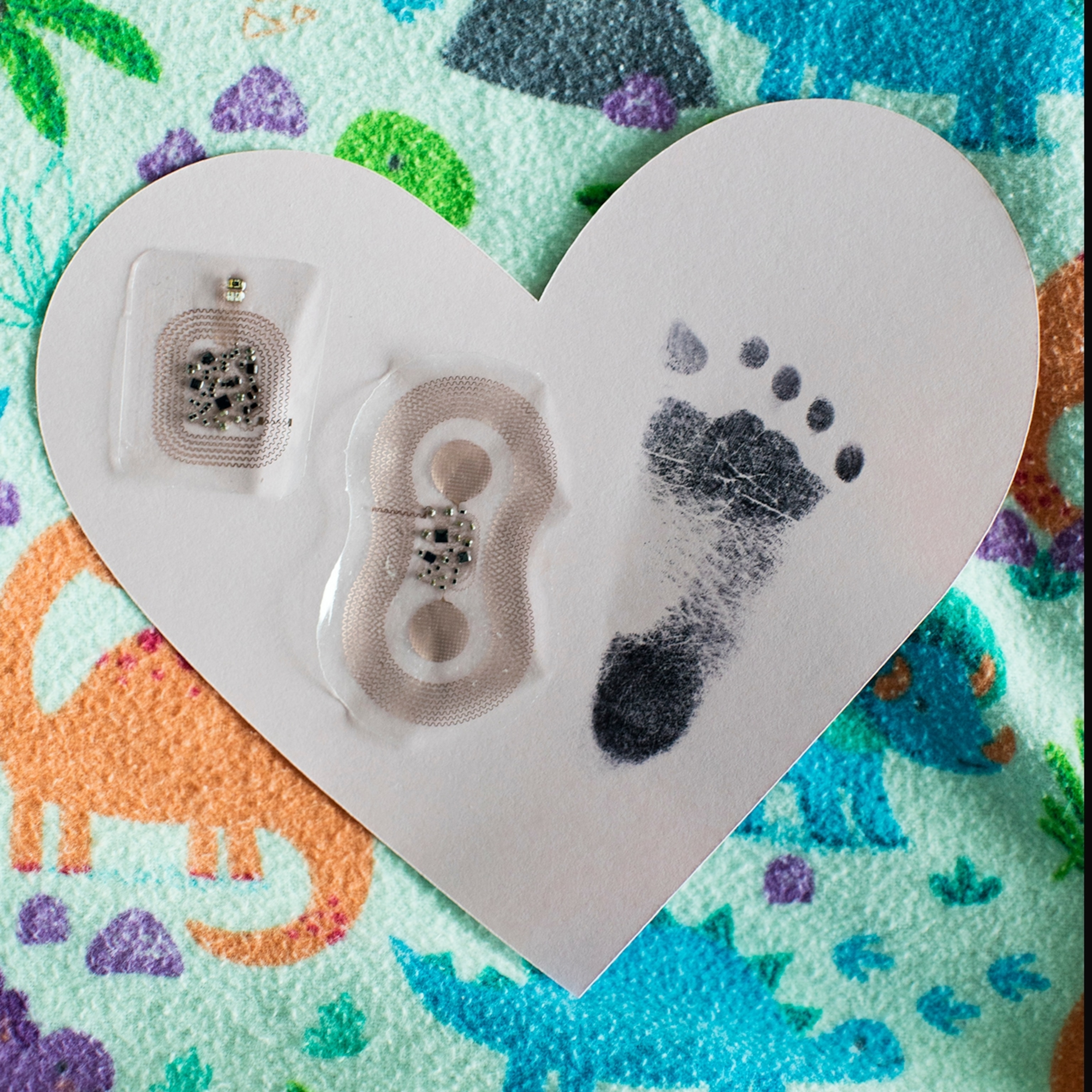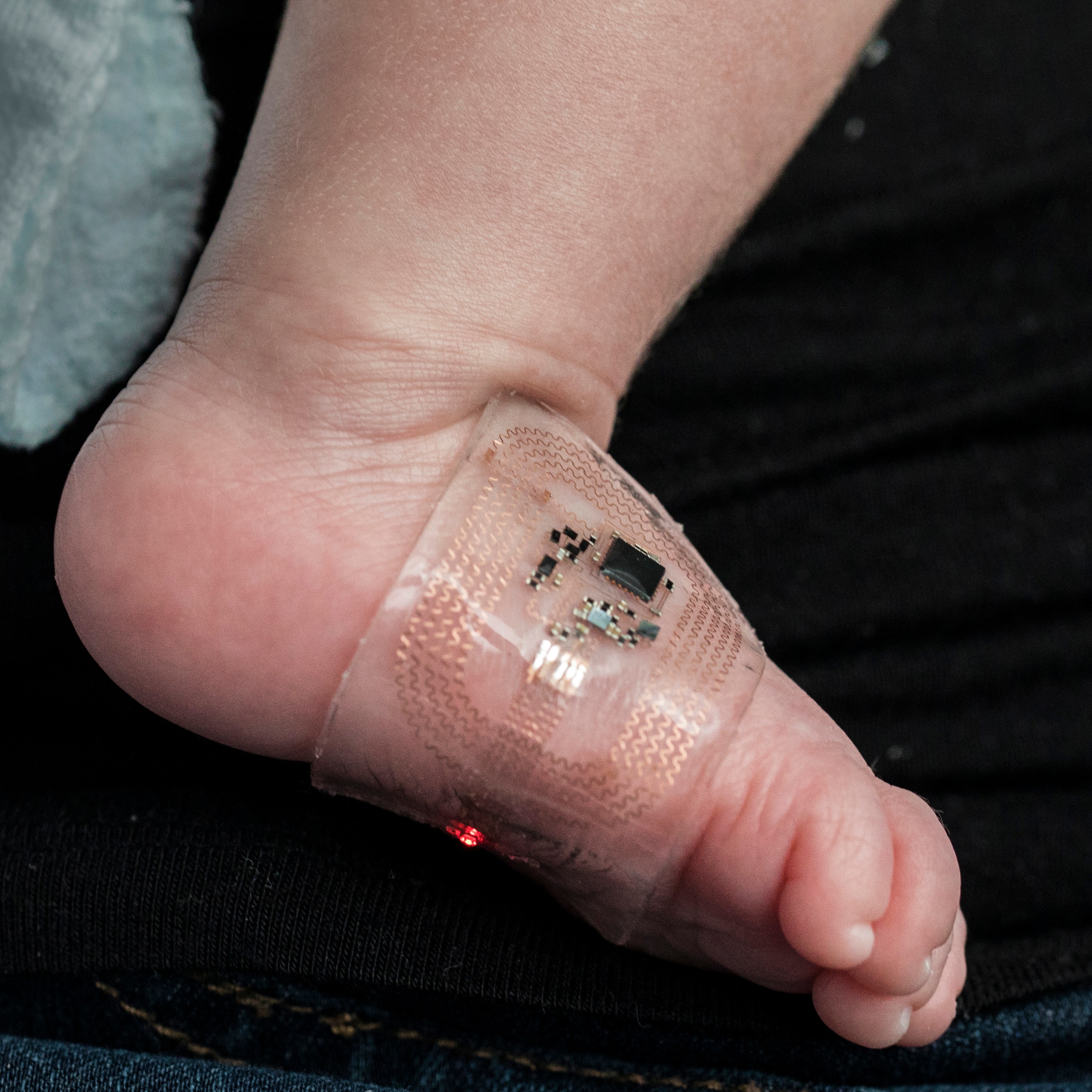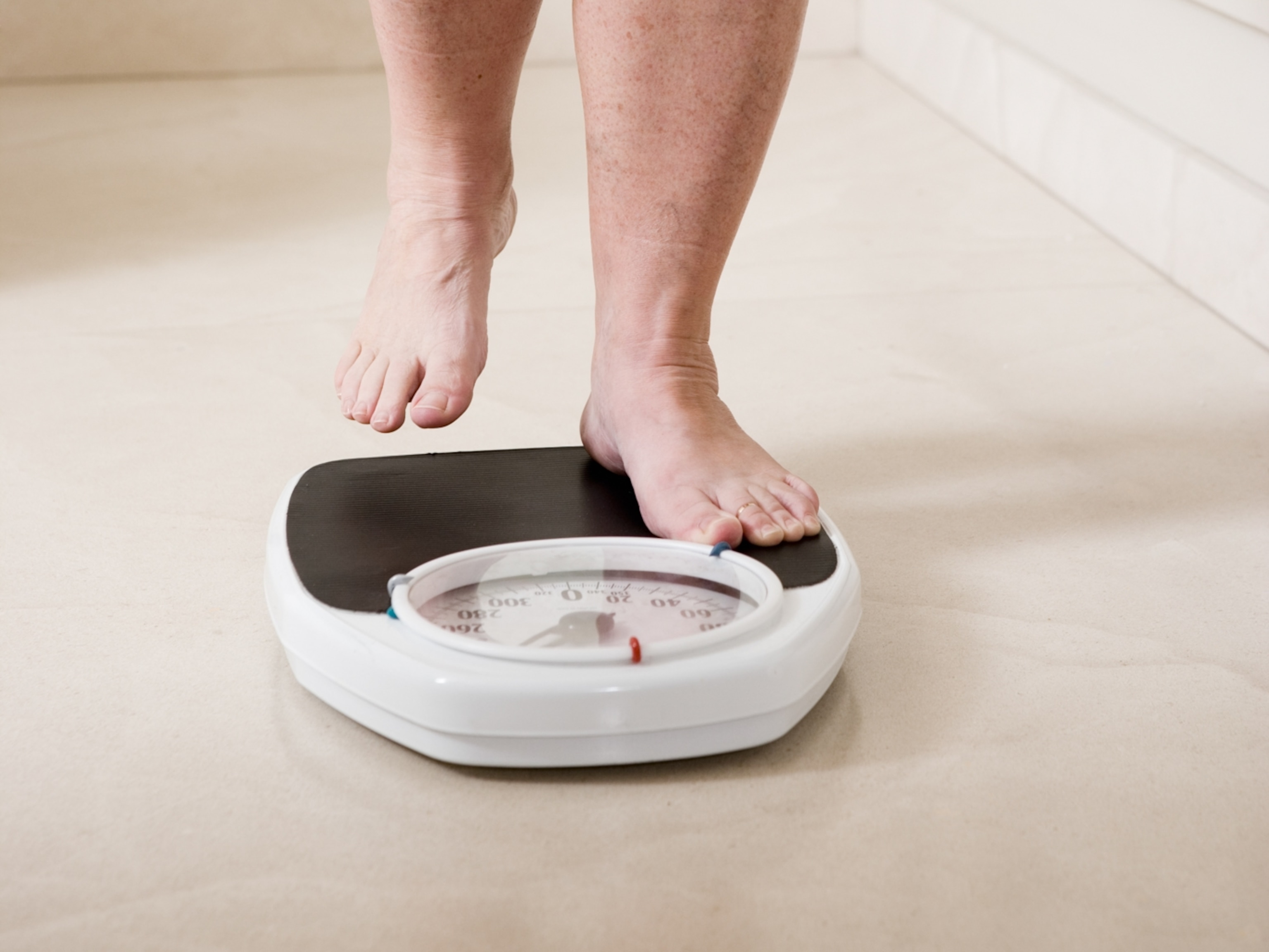It’s a primal reaction: Parents want to hold their babies as soon as they are born. After so many months of anticipation, there’s deep pleasure in finally being able to cradle that tiny body and nuzzle that little face.
But this intimacy can be shattered if a baby is born too early. Premature babies are often whisked away after birth to the closest neonatal intensive care unit (NICU), where they’re hooked up to a battery of machines that monitor vital signs, among other tasks. Though this protocol saves lives, it also creates distance—physical as well as emotional—between parents and their babies and inhibits crucial skin-to-skin bonding.


Breaking free
Now, a pair of groundbreaking wireless sensors may dramatically reduce this barrier. The research, which will be published tomorrow in the journal Science, comes from an interdisciplinary team of materials scientists, dermatologists, pediatricians, and students affiliated with Northwestern University. If approved, the sensors would significantly advance NICU technology, which has “not changed much since the 1960s,” according to dermatologist and physician-engineer Shuai (Steve) Xu, a study coauthor.
In the United States, the number of babies born prematurely—at or before the 37th week of pregnancy—has been on the rise in the last five years. The latest figures from the Centers for Disease Control and Prevention say that one in 10 babies is born preterm. These infants often suffer complications that can keep them in the NICU for months. Depending on how far ahead of the mother’s due date a baby arrives, problems can include alarmingly low birth weight, underdeveloped lungs, and compromised ability to suck and nurse. (Learn why the rate of maternal mortality is rising in America.)
Babies in the NICU are typically tethered to wires that continuously monitor vital signs such as body temperature, heart rate, blood oxygen, and more. But if the new sensors become part of standard care, “essentially all the wires go away,” says study leader John Rogers, the engineer behind the device’s technology.


A delicate balance
Ultra-thin and soft, the flexible sensors are battery-free and powered by an antenna placed under the baby’s mattress. The sensors delicately adhere to a baby’s chest and foot so they can continuously collect and stream the baby’s vitals to a tablet, where the data can be read by nurses and other members of the care team.
In addition, the sensors are gentle on the newborns’ fragile skin. A baby born very early is “essentially a giant wound,” says Xu. The outer layer of skin has not fully developed, so even the slightest tug or scratch can cause pain and possible infection. “This technology has thousands of times less peel force” than traditional adhesives used in the NICU, Xu says.
More snuggles, less anxiety
For the study, which was conducted at Prentice Women’s Hospital and Ann and Robert H. Lurie Children's Hospital of Chicago, 21 infants were monitored via traditional wires while simultaneously being monitored by the new sensors. Not only were the new sensors able to capture all the important information, they were also able to capture blood pressure estimates. This is key, says Rogers, because traditionally in the NICU, blood pressure measurements require the use of a cuff that can cause bruising or an even more painful and invasive procedure called an arterial line.

“This allows us to go beyond the clinical standard,” Rogers says, “and going beyond is the future of the NICU.”
New mother Gina Tesi was able to try out the new sensors while her daughter, Riley, was in the NICU at Lurie hospital. Riley and her twin sister, Regan, were born seven weeks premature, and because Riley developed serious complications, she had to stay in the NICU for two months. The wires are difficult to negotiate around and reinforce the upsetting fact that the baby is an unwell hospital patient, Tesi says.
“Without all these cords,” she says, “you feel like, this is my little human that I can pick up and snuggle.”
There are some cords the sensors can’t eliminate. Many babies in the NICU require feeding tubes and other lines, as well as oxygen support systems called CPAP to assist with breathing. For Andreas Fiebig, a dentist in Geneva, Switzerland, the CPAP was the biggest inhibitor of close contact with his son Yanis, who was born prematurely.
“I feel that the new sensor would make the biggest difference with babies who do not require breathing assistance nor tube feeding,” he writes in an email.
The sensors could also make for a more peaceful environment if they vibrate instead of beep loudly, as traditional monitoring devices do, says Manuela Filippa, a developmental care researcher at the universities of Valle d’Aosta and Geneva who is not affiliated with the study.
“High-level alarms often increase anxiety in parents and overwhelm the preterm infants,” she writes in an email. “Many parents declare that the sound of the alarms is still stuck in their heads even after the end of the hospitalization.”
Looking ahead
The sensors are not yet approved by the U.S. Food and Drug Administration, though Xu and Rogers believe that, assuming all regulatory hurdles are cleared, they could be deployed to some hospitals in as little as two years. And that would be a major boon to parents facing this difficult situation, says Bobbi Pineda, a neonatal therapist and assistant professor at Washington University School of Medicine who was not involved in the study.
“If these new sensors are safe and reliable,” Pineda says in an email, “it could transform the experience of having a high-risk infant in the NICU.”









